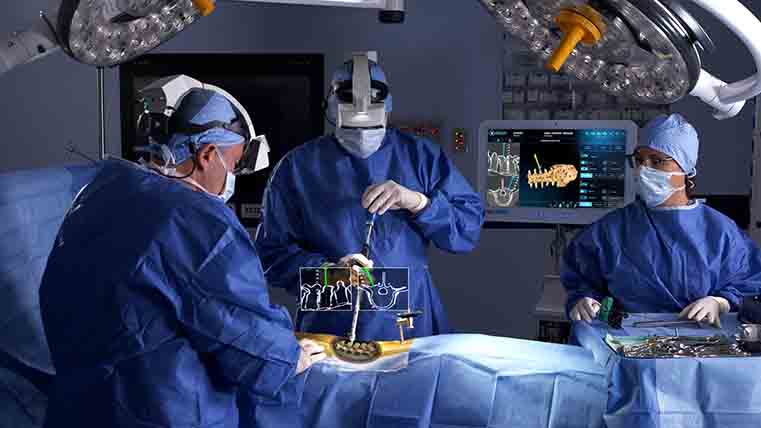Before boarding your flight,it’s crucial to take proactive steps to safeguard your back health. Start by choosing a supportive travel pillow that cradles your neck and spine while providing stability. Consider investing in a lumbar support cushion which can easily be packed and will help maintain the natural curvature of your lower back during the flight. Dress comfortably in loose-fitting clothes that allow for easy movement, and if possible, wear compression socks to enhance blood circulation in your legs and reduce swelling.
Once you’re at the airport, take the opportunity to engage in light stretches before you board. Simple movements like shoulder rolls, neck stretches, and back twists can definitely help alleviate tension and keep your muscles limber. Don’t hesitate to walk around the terminal; this can help to activate your body and improve circulation. When it’s finally time to board, make sure to place your carry-on luggage in an overhead compartment rather than under the seat in front of you. This minimizes the need to bend excessively and protects your back from awkward angles throughout your journey can be read exclusively on Webroot Com Safe link.
Choosing the Right Seat for Maximum Comfort
When booking an economy flight, one of the most crucial decisions revolves around selecting the right seat. Certain areas of the aircraft offer better comfort advantages, especially for those with back issues or who are prone to discomfort during long flights. Typically, seats located toward the front of the plane provide a quieter experience, reducing the noise of the engines and turbulence.Moreover, opting for an aisle seat can grant you more freedom to stretch and move around the cabin, which is beneficial for circulation and alleviating the stiffness that often accompanies prolonged sitting.Consider these factors when making your choice:
- Proximity to the exit: Seats near exit rows often offer extra legroom.
- Window positions: Ideal for those who wish to lean against the cabin side for added support.
- Avoiding the back rows: These seats often see more activity from boarding and deplaning passengers.
Another aspect to keep in mind is the seat width and recline capabilities. Not all economy class seats are created equal; some airlines offer newer aircraft with enhanced ergonomics, allowing for a better overall experience. It’s also wise to consult airline seat maps if available, as tools like SeatGuru provide detailed insights about specific plane models, including legroom measurements and user reviews. When selecting your seat, prioritize features that align with your personal comfort needs:
- Extra legroom: Look for bulkhead or exit row seats.
- Reclining functions: Seats that provide a slight recline can mitigate pressure on your lower back.
- Seat padding: Some aircrafts have more cushioned seats than others, which can aid in comfort.
 In-Flight Exercises to Alleviate Discomfort
In-Flight Exercises to Alleviate Discomfort
During long-haul flights, maintaining comfort is essential, especially in the cramped conditions of economy seating. One effective way to combat discomfort is to incorporate specific in-flight exercises that promote blood circulation and relieve tension. Focusing on the neck, shoulders, and lower back can yield substantial benefits. Here’s a selection of simple yet impactful exercises to consider:
- neck Rolls: Gently roll your head in a circular motion to alleviate stiffness. Aim for 5-10 rolls in each direction.
- Shoulder Shrugs: Lift your shoulders towards your ears, hold for a few seconds, and then release.Repeat this 10 times to release tension.
- Seated Torso Twists: While seated, place one hand on the armrest and twist your torso toward that side. Hold for a few seconds, then switch sides.
- Leg Extensions: Alternate extending your legs in front of you to engage your lower body muscles and improve circulation.
- Ankle Rolls: Roll your ankles in circles to reduce fatigue and enhance blood flow.
Incorporating these exercises periodically throughout your flight not only enhances comfort but can also substantially reduce the risk of developing more serious issues such as deep vein thrombosis. Make it a point to set reminders to stand up, stretch, and move around the cabin whenever possible, as this aids in breaking up the stiffness that builds during long periods of sitting. Even small movements can vastly improve your in-flight experience, allowing you to arrive at your destination feeling fresher and more energized.
 Post-Flight Recovery Techniques for Spine Wellness
Post-Flight Recovery Techniques for Spine Wellness
After enduring the cramped confines of economy seating, focusing on your spine’s recovery becomes paramount. gentle stretching and mobility exercises can alleviate tension and promote blood circulation. Effective techniques include:
- Seated Torso Twist: While seated,gently twist your upper body to each side to release spinal tension.
- Neck Stretches: Slowly tilt your head toward each shoulder, holding for a few moments to stretch tight muscles.
- Seated Forward Bend: With feet flat on the floor, bend forward slightly to relax your lower back.
In addition to immediate stretches, consider long-term recovery strategies to nurture your spine after flights. staying hydrated is critical, as it helps maintain the elasticity of spinal discs. Also, incorporating low-impact aerobic activities post-flight, such as walking or swimming, can greatly enhance circulation and promote overall spinal health. Remember,creating a pleasant surroundings upon reaching your destination is essential,so invest in supportive pillows or ergonomic seating when possible.